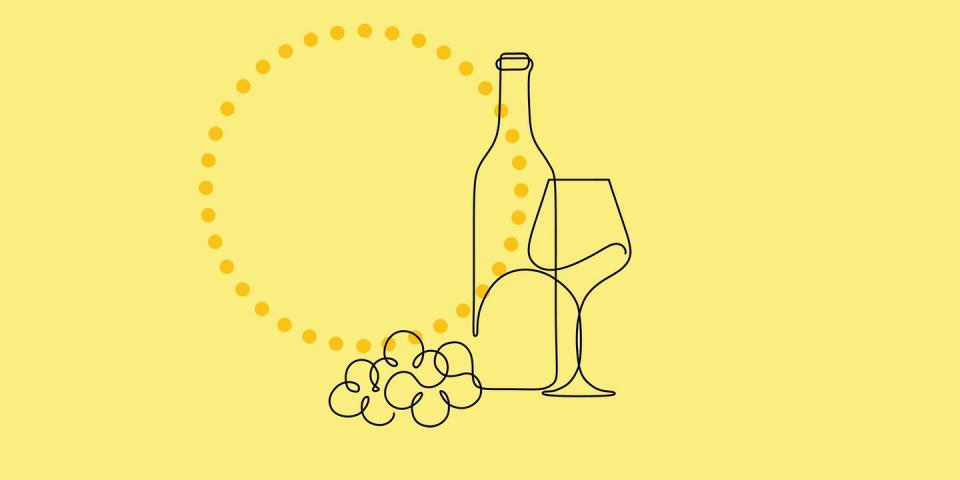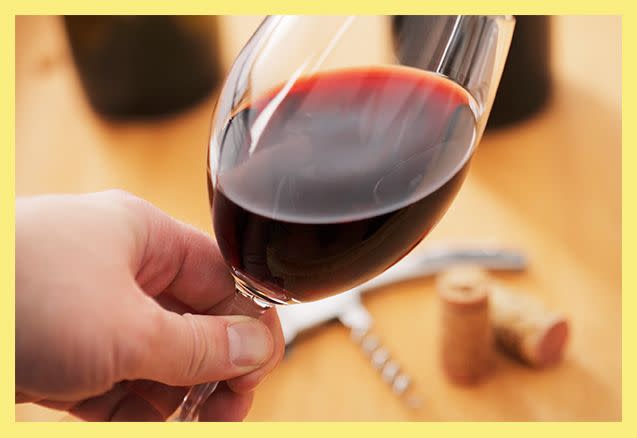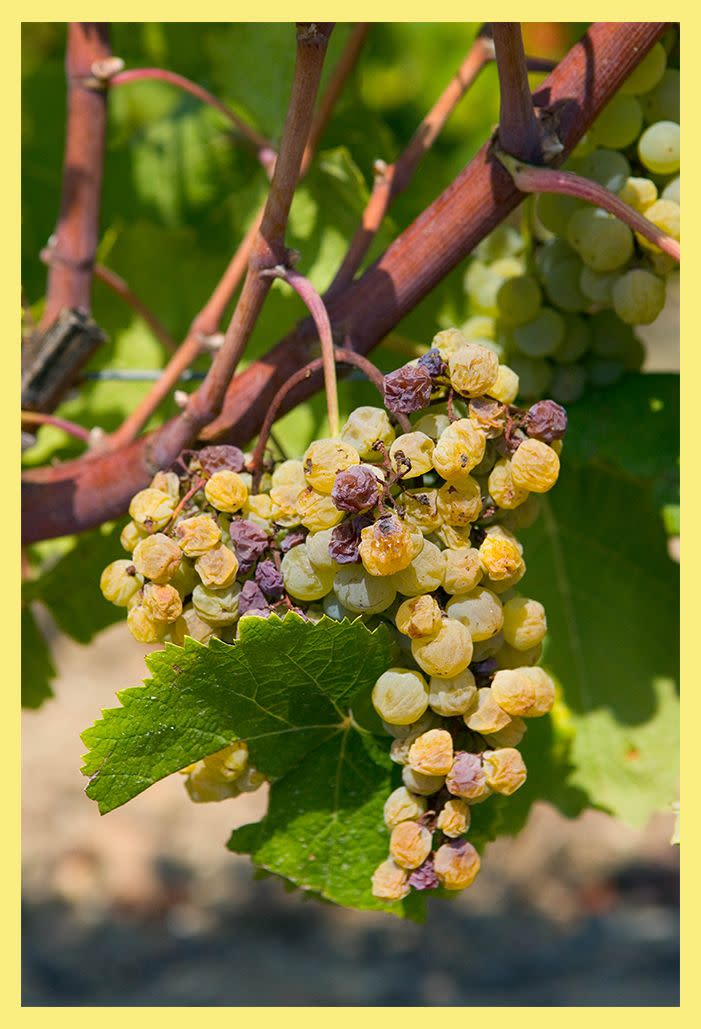10 Surprising Things I Learnt About Wine After Doing An Exam

Ever wanted to learn more about the world of wine? From the different grape varieties to the various winemaking regions around the world, to the types of winemaking methods used to make some of the most outstanding wines?
Well, you’re in luck! Because this time two months ago, I found myself enrolling onto WSET’s Level 2 wine course, about to embark on the school’s intensive three-day course. And boy, was I in for a treat.
There I was - the first person in the classroom, sat staring at a desk topped with wine glasses, a fact sheet, two spittoons and a WSET student discount card (Chapter 72 on Bermondsey Street if you need recs).
Shortly after, I was joined by 17 other budding wine enthusiasts who were keen to learn just as much as me.
The three days passed quickly, I completed my multiple-choice wine exam on the end of the third day, and just under 4 weeks later I learnt that I had passed with flying colours and now had a WSET Level 2 award in wines.
So, what were the most surprising things I learnt about wine?
The climate influences everything
The climate has the power to influence everything when it comes to wine. From the weather to the altitude and the soil to the aspect, it’s one of the most important factors to consider when making wine.
Not only that, certain climatic influences determine what grape varieties can successfully grow in different wine regions, as well as the flavour characteristics they develop.
There are three main types of aromas
On the nose, there’s three main types of aromas: primary, secondary and tertiary. And as you can imagine, the more complex a wine is – the more secondary and tertiary aromas it will have.
Vines can live for 60 years or more
Really, that old? Uh-huh, vines can live for a very long time as long as they're kept in the right conditions.
No one really has a gifted sense of smell
Don’t get me wrong, wine experts are very skilled at sensing aromas in wine! But there’s actually no right or wrong answer.
You could be sat around a table with 10 other people smelling the exact same wine, but each describe different types of aromas.
It's totally dependent on the scents your brain picks up from memory, which is why it's a great idea to familiarise yourself with various types of smells so that you can compare.
But, like anything, you'll get better with practise!
You can measure a wine’s colour intensity by holding the glass at an angle

Intensity can be measured by holding you wine glass at a 45º angle and looking through the liquid from above to see how far the colour extends from the core (the deepest part of the bowl), to the rim, where there is the shallowest depth of wine.
Sweet food can make wine seem more drying and bitter
When you eat food, your taste buds adapt so that the perception of the different levels of sugar, salt and acid in what you taste next can be altered.
Sweetness in a dish can make a dry wine seem less fruity and taste unpleasantly acidic.
As a general rule, with dishes containing sugar, it’s recommended you select a wine that has a higher level of sweetness than the dish.
Red wines can be placed on a scale that runs from ‘purple’ through to ‘tawny’
When it comes to assessing the appearance of red wine, it’s not as simple as red wine being – well, red. They’re placed on a scale that runs from ‘purple’ through to ‘tawny,’ with the most common colour for most red wines being ‘ruby.’
Wines that have a noticeable hint of blue or purple are described as ‘purple.’
And wines that have a recognisable trace of orange or brown (but the wine is still more red than brown), are described as ‘garnet.’
While, wines that appear more brown than red, can be described as ‘tawny.’
That weird mouthfeel you get when drinking wine is caused by tannins
Tannins are what give wine its texture. And the reason they cause your mouth to dry up and feel ‘rough,’ is because the tannins bind to your saliva.
Sometimes, they’ll leave a bitter taste at the back of your throat.
Often, people get confused between a wine’s level of tannins and acidity.
Rotting grapes aren’t always a bad thing

Yep! Botrytis is a fungus that can grow on ripe grapes causing what's called, noble rot. What it does is create tiny holes in the skin of the grape, making the water inside evaporate. This concentrates the acids, sugars and flavours of the grape. More often than not, grapes affected by noble rot are nearly always used to make sweet wines.
But be warned, botrytis can easily destroy grapes and the right conditions are needed if it is to be beneficial (damp, misty mornings and warm, dry afternoons).
Sparkling wines can be made using more than one method
Sparkling wines are most commonly produced using one of two methods: bottle fermentation or tank fermentation.
Bottle fermentation is considered the most traditional method, where sugar and yeast are added to a base wine which is bottled and sealed, ready for the second fermentation to take place inside the sealed bottle. This method is most famously used for Champagne and Cava.
Unlike bottle fermentation, tank fermentation doesn't begin with a base wine. Instead, juice is placed into a pressurised tank with yeast to ferment. At first, CO2 is allowed to escape until part way through when the tank is sealed to retain the CO2, creating bubbles. This method is used to make Asti, as well as other similar styles of sparkling wine.
WSET School London is the flagship provider of WSET wine, spirits and sake courses. They offer qualifications, tastings and events at all levels, for professionals and enthusiasts alike.

 Yahoo Finance
Yahoo Finance 